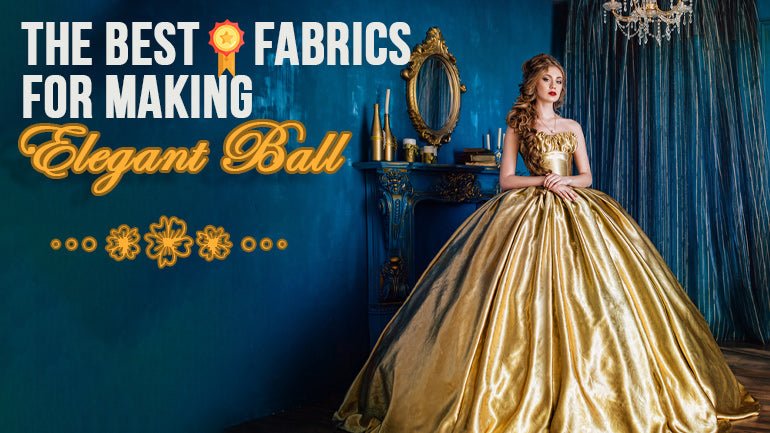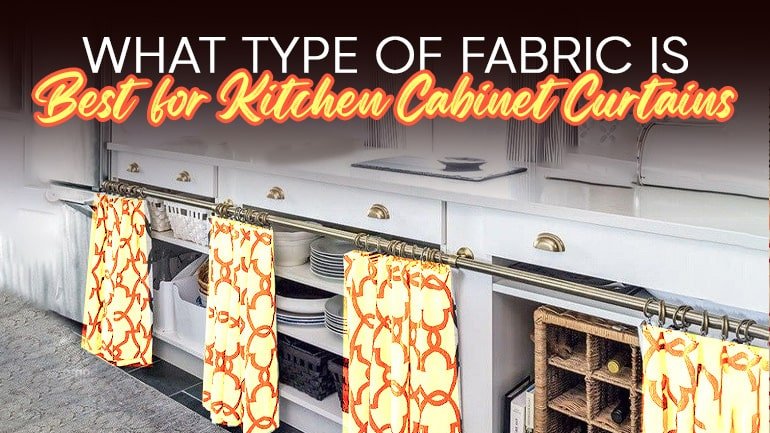Ball gown wedding dresses are a timeless and enchanting choice for brides, exuding a sense of grace and sophistication on their special day. These creations come to life through careful craftsmanship and the selection of fabrics that define their structure, flow, and overall aesthetic.
When it comes to choosing the perfect gown for a special occasion, especially for weddings, the fabric plays a crucial role in determining the overall look and feel of the dress. Ball gown wedding dresses, in particular, offer a sense of sophistication that demands careful consideration of the fabrics used.
Here we will discuss fabrics used for ball gowns and how to design them.
What kind of Fabric is used for Ball Gowns?
Satin
Satin fabric is revered for its lustrous finish and structural integrity. Often misunderstood as a fiber, satin is, in fact, a finish that can be crafted from pure silk, polyester, or a blend of both. This luxurious material is a top choice for ball gown wedding dresses, offering a seamless and polished appearance that doesn't easily succumb to wrinkles.
Satin's versatility extends to its compatibility with various body types, making it a universal favorite among brides. Its durability ensures that the dress maintains its pristine beauty throughout the festivities. Ideal for pleated or draped designs, satin enhances the overall appeal of ball gowns, contributing to a smooth finish that radiates elegance.
Chiffon
For brides who imagine a gown with an ethereal and airy quality, chiffon emerges as a frontrunner. This sheer and lightweight fabric is renowned for its weightlessness, making it an ideal choice for flared skirts or delicate overlays. The transparency of chiffon adds a touch of romance, allowing the dress to flow effortlessly, creating a mesmerizing effect as the bride moves.
A chiffon ball gown, exemplified by an A-line silhouette or enhanced with a petticoat for added volume, embodies a delicate charm. Its ease of handling and graceful appearance make chiffon a coveted fabric for brides seeking an elegant and comfortable wedding dress.
Organza
Crafted traditionally from silk, organza stands out as a firm and structured fabric that maintains its shape while offering a touch of sheerness. Perfect for brides planning a summer wedding, organza combines lightness with gorgeous aesthetics. The fabric's ability to hold its form lends itself well to creating captivating ball gowns with layers that exude a magical allure.
An ultra-glamorous organza ball gown, such as the one adorned with ruffle beading, captures the essence of a fairy-tale wedding. The layers of organza contribute to a remarkable and magnificent appearance, ensuring the bride shines as the epitome of elegance on her special day.
Tulle
Often associated with bridal veils, tulle is a sheer fabric that adds a whimsical touch to ball gown wedding dresses. Made primarily of nylon, tulle shares similarities with organza but distinguishes itself with its inherent stiffness. The layers of tulle bring an enchanting quality to the dress, creating a full-bodied and dramatic effect.
In winter weddings, tulle takes center stage, as showcased in a dress with an alluring bodice, V-neckline, and a puffy ball gown skirt finished with a spectacular chapel train. The delicacy of lace details embellishing the tulle enhances the dress's allure, providing a majestic look that resonates with timeless romance.
Lace
For brides desiring a touch of grace and timeless beauty, lace emerges as the fabric of choice. Often used as an overlay or for intricate detailing, lace transforms a gown. With a range of styles available, lace allows brides to infuse their personalities into their wedding attire.
Lace fabrics come with different details such as sequins, embroidery, and beads. You can use beaded lace and sequin mesh lace that will add a wow factor to your look.
Difference Between a Ball Gown and a Long Gown: Where Style Meets Length
While the terms "ball gown" and "long gown" are sometimes used interchangeably, they refer to different styles of dresses. A ball gown is characterized by a fitted bodice and a full, voluminous skirt that extends to the floor. The emphasis is on creating a dramatic and elegant silhouette, often associated with formal events such as balls or galas.
On the other hand, a long gown simply refers to a dress with a length that extends to the floor. This category encompasses a wide range of styles, from form-fitting evening gowns to flowing A-line dresses. The key distinction lies in the level of fullness in the skirt, with ball gowns featuring a more pronounced volume.
How Many Yards of Fabric Do I Need for a Ball Gown?
The amount of fabric needed for a ball gown depends on various factors, including the design, the fullness of the skirt, and the bride's measurements. Typically, ball gowns require several yards of fabric to achieve the desired volume and silhouette. A princess-style ball gown with a voluminous skirt may require more fabric than a sleek and fitted design.
To determine the exact yardage, it is advisable to consult with a professional seamstress or bridal designer. They can assess the chosen design, take accurate measurements, and provide guidance on the quantity of fabric required. Factors such as the chosen fabric's width, pattern matching, and any additional design elements will influence the final yardage calculation.
What are the Steps to Make a Gown
Selecting the Fabric
Choose the appropriate fabric that complements the desired style and silhouette of the gown. Consider factors such as the weight, texture, and draping qualities of the fabric.
Cutting and Sewing
Precisely cut the chosen fabric according to the design and start the sewing process. Attention to detail is paramount, especially when working with intricate fabrics like lace.
Fitting and Adjustments
Perform fitting sessions to ensure the gown fits the wearer perfectly. Make any necessary adjustments to achieve the desired silhouette and comfort.
Embellishments and Finishing Touches
Add embellishments such as beading, sequins, or lace details to enhance the overall aesthetic. Pay attention to the finer details that contribute to the gown's luxurious appearance.
Wrap up
The choice of fabric plays a pivotal role in designing a ball gown wedding dress. If you are looking for these fabrics to design your dresses for your big day you can trust Ice fabrics- where you can find huge range of fabric collections for your dream dress.



